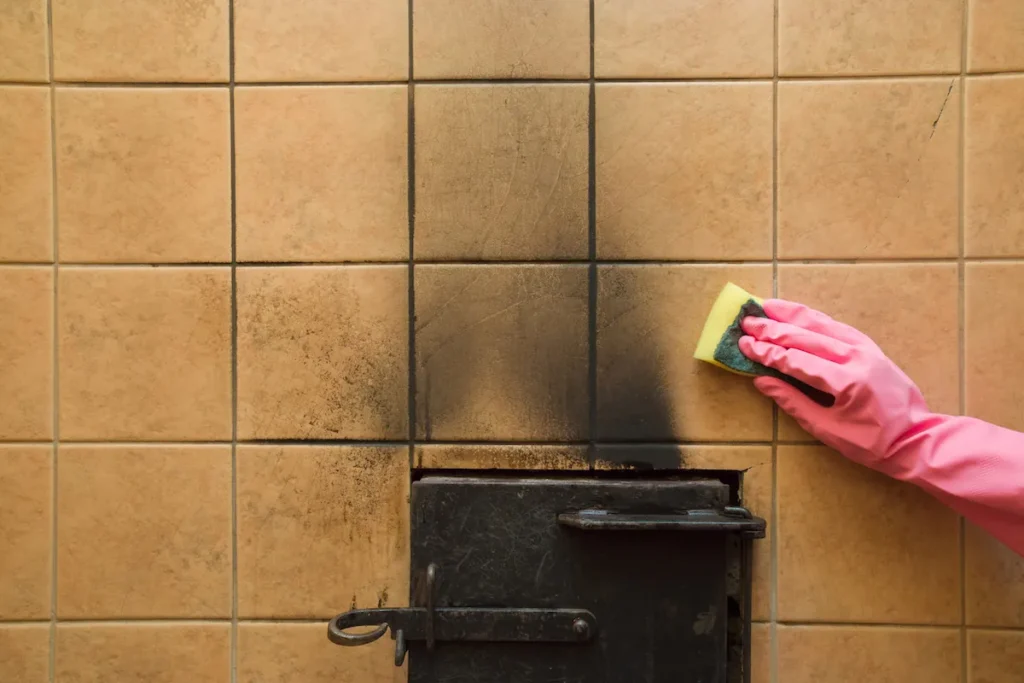
Fire Damage Cleaning Checklist: Safeguard Your Home and Health?
Share Post :
A house fire is one of the most distressing emergencies a homeowner or property manager can face. Beyond the immediate danger, the aftermath presents a slew of challenges—cleaning, restoring, and ensuring your home is safe to inhabit again. The lingering smoke residue, soot, and debris can cause long-term property damage and health risks if not handled properly.
This comprehensive fire damage cleaning checklist will help you take the right steps to reclaim your home, minimize risks, and safeguard your family’s health. By following these guidelines, you can efficiently address fire damage, whether you’re hiring professionals or tackling some tasks on your own.
Why Proper Fire Damage Cleanup is Vital
Cleaning up after a fire isn’t just about aesthetics. The soot, ashes, and smoke residue left behind greatly affect air quality and can be hazardous. Here’s why proper cleanup should be prioritized:- • Health Risks: Smoke particles, soot, and volatile organic compounds (VOCs) can irritate the lungs, trigger asthma, and cause other respiratory problems. Extended exposure increases the risk of chronic health issues.
- • Structural Damage: Soot and smoke residues are acidic, meaning they can corrode surfaces like metal and plastic and permanently stain walls, ceilings, and fabrics if not removed promptly.
- • Lingering Odors: The smoky smell can persist for months if not dealt with correctly, making your home unpleasant and uninhabitable.
- • Preventing Mold Growth: After firefighting efforts (which often involve water), there’s an increased risk of mold developing in damp corners. Left unchecked, this can worsen property damage and health conditions.
Begin with Safety First
Before rolling up your sleeves, ensure a safe space to work. Follow these essential precautions to protect yourself and your property during fire damage cleanup:- 1. Wait for a Professional Assessment
- 2. Wear Personal Protective Equipment (PPE)
- 3. Ventilate the Area
- 4. Turn Off Utilities
2. Deep Clean All Surfaces
Fire damage leaves soot and ash everywhere, which can settle on walls, floors, ceilings, and furniture. Use this systematic cleaning method to ensure all areas are covered:- • Vacuum with a HEPA Filter: HEPA filter-equipped vacuums are great for lifting soot from carpets and upholstery without spreading fine particles.
- • Wipe Down Non-Porous Surfaces using a cleaning solution like trisodium phosphate (TSP) mixed with warm water. This is especially useful for removing smoke residue on walls and countertops.
- • Clean Fabrics and Upholstery: Curtains, clothing, furniture covers, and bedding will need professional cleaning or washing with heavy-duty detergents.
3. Address Persistent Smoke Odors
Getting rid of smoke odors can feel impossible without the right methods. Here’s how to effectively neutralize odors:- • Use Activated Charcoal or baking soda to naturally absorb odors from the air.
- • Deodorize Using a HEPA Air Purifier to trap harmful particles and restore air quality.
- • Professional Ozone Treatment may be necessary for heavily affected areas to eliminate smoke molecules entirely.
4. Inspect and Repair HVAC Systems
Smoke can infiltrate HVAC systems, spreading contaminated air throughout your home.- • Remove old filters from air conditioners and replace them with fresh ones.
- • Have a professional inspect and thoroughly clean the ductwork if necessary.
5. Check for Water Damage and Mold Growth
After firefighting efforts, water can pool in unexpected areas and lead to mold development.- • Use dehumidifiers to remove moisture from damp areas.
- • Inspect all surfaces—including under furniture—for early signs of mold.
- • Any mold growth larger than 10 square feet should be addressed by certified professionals.
6. Final Touches
After completing the bulk of fire damage cleaning, add these final steps to restore your home fully:- • Repaint affected walls with a primer designed to seal in stains and odors.
- • Polish or refinish hard floors.
- • Replace any broken windows or damaged doors to secure the property.
When to Call Professionals
While many cleaning tasks can be handled independently, professional restoration services provide critical advantages in certain areas. Consider calling them for the following situations:- • Persistent odors that cannot be eliminated with DIY methods
- • Heavy structural damage or contamination
- • Large-scale mold infestations
- • Concerns about soot and smoke toxins lingering in your home
Tips for Maintaining a Safe Home
Once your home is cleaned and restored, use these proactive tips to prevent future hazards:- • Install Smoke Detectors on every floor and test the batteries monthly.
- • Store a Fire Extinguisher in key areas, like the kitchen and garage.
- • Regularly Inspect Electrical Wiring and appliances for visible defects or potential fire threats.
- • Maintain dryness in damp-prone areas to prevent mold growth.

